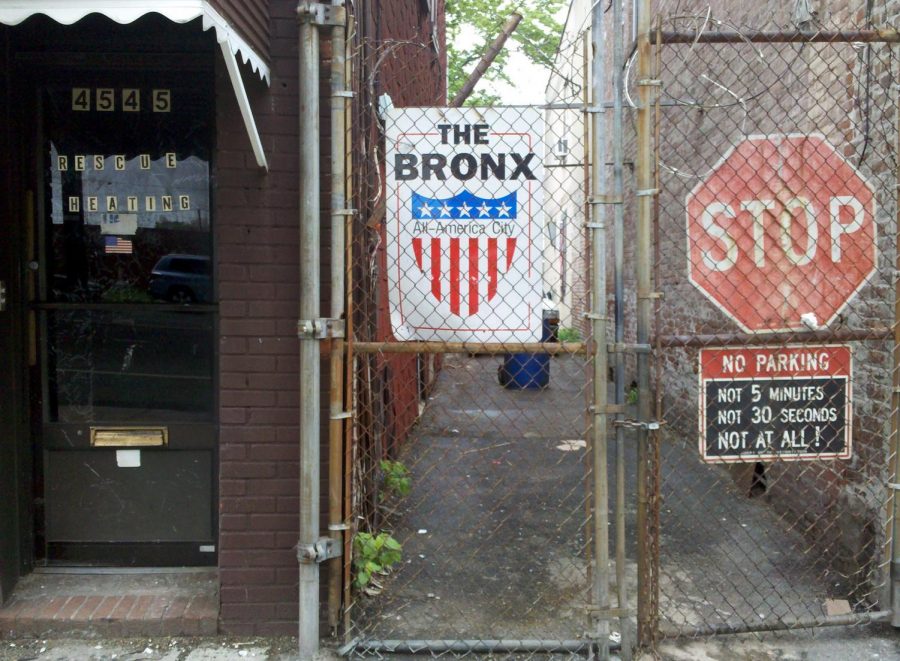Health and wealth are the most concerning issues for the next Bronx borough president
April 9, 2021
The Bronx is a borough of New York City that is often forgotten. With the borough president election looming ahead, the borough is in need of a strong advocate.
The borough president is a job title that’s not heard much about. The City defines the position as, “mini-mayors (with a lot less power) who serve as cheerleaders for their borough and arbiters of certain community services.”
They advise the mayor on issues such as land use and budget allocations for their borough and appoint half of the members of all community boards within their borough.
Five candidates are looking to fill the seat left by term-limited current Bronx borough president Ruben Diaz, Jr.: Fernando Cabrera, Nathalia Fernandez, Vanessa Gibson, Samuel Ravelo and Victor Gutierrez.
Cabrera is a council member who has represented the 14th Council District since 2010. He is also the current Government Operations Committee chair. As borough president, he hopes to expand the Cure Violence model, a model that is meant to stop the spread of violence by encouraging community-based public safety methods often used for disease control.
He hopes to increase affordable housing across the borough. Currently, he leads the race with the most donations of any of the candidates.
Fernandez is an assembly member who represents the 80th Assembly District, which represents the neighborhoods of Morris Park, Allerton and Norwood.
As borough president, she supports the revision of the Area Median Income formula, which determines rent prices in affordable housing residences by averaging the incomes of people within the local region. She would exclude the incomes of wealthier surrounding counties, such as Westchester and Rockland, and only use a local AMI.
If she wins, she would be the first Latina to hold the position.
Gibson is a council member for the 16th District. She’s in favor of implementing an employment program for Bronx residents in an effort for economic recovery post-pandemic.
She’s also in favor of investing in the transit systems in the outer-borough and expanding the Health Buck initiative that allows low-income New Yorkers the opportunity to buy produce with gift certificates.
If elected, she would be the first Black Bronx borough president.
Ravelo is a retired New York Police Department lieutenant. He’s opposed to defunding the NYPD and instead supports extra funding for the department to increase the quality of training for officers.
He’s also in favor of investing in free high-speed internet across the borough to allow students to attend school online. He is the only candidate who was once an undocumented immigrant.
Not much is known about Gutierrez and his policy proposals yet, other than that he’s running as an independent.
The Bronx needs a borough president who can be an advocate for improving four categories: unemployment and economic recovery, health, education and safety.
According to Bureau of Labor Statistics data, New York City overall, as of December 2020, had an unemployment rate of 11.6%. With unemployment rates as high as 24%, the Bronx is at an extreme disadvantage for economic recovery.
The borough needs a candidate who can assist in affordable housing, as Fernandez proposes, and job programs, as Gibson proposes, to ensure that Bronxites can have an opportunity to gain employment and work toward climbing out of poverty.
Health is also an urgent issue Bronxites face. The Bronx has been named time and time again as the unhealthiest county in New York State, while Manhattan just across the river has been named one of the healthiest in the state.
Bronx residents are more prone to heart disease and obesity than other New Yorkers.
This disparity between Bronx residents and other New Yorkers oftentimes costs them their lives — the Bronx has the second highest rate of hospitalizations and deaths from COVID-19 of any borough.
The Bronx desperately needs more efforts to address the health disparities seen in the borough. That can include the Health Buck initiative that Gibson wants to expand, but the city needs to work harder to address health issues in the Bronx.
The Bronx also faces a divide in education attainment compared to other boroughs. The borough has the lowest high school diploma and college degree attainment rates and has the highest rate of dropouts than any other borough. This is as a result of many issues which include, but aren’t limited, to economic disadvantages, lack of access and mental and physical health.
In addressing some of the previous problems, the education gap between Bronxites and other boroughs can close. However, borough-wide access to the internet, as Ravelo suggests, can allow students to gain easier access to an education, especially during the COVID-19 pandemic.
Lastly, safety is important to Bronxites.
Although a few Bronx neighborhoods like Country Club are always touted as being some of the safest in the city, more impoverished neighborhoods such as Hunts Point are deemed as some of the worst. Simultaneously, many low-income neighborhoods of the Bronx have a long history of police brutality that must be addressed.
Although Cabrera’s expansion of the Cure Violence model and Ravelo’s suggestions for training NYPD officers are great starts to solve the issue of safety, more needs to be done to not only protect Bronx residents from crime but also to mend relationships between police departments and the neighborhoods they serve.
The next Bronx borough president will have a lot on their plate once they take office. Achieving all of these goals simultaneously is no simple feat. However, all candidates should consider including economic recovery, health, education and safety concurrently to ensure a better Bronx.







